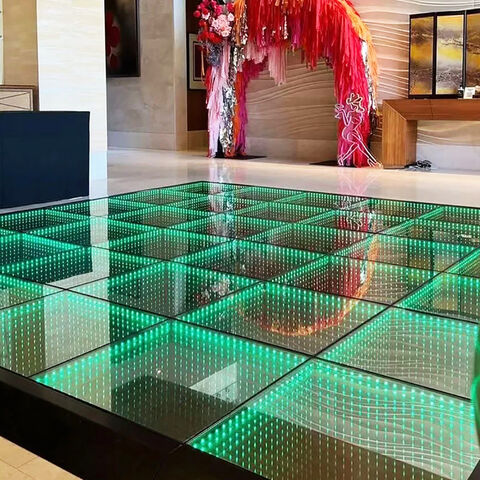Investigating the Diverse Substances That Transform Performance Floors into Breathtaking Aesthetic Experiences
Investigating the Diverse Substances That Transform Performance Floors into Breathtaking Aesthetic Experiences
Blog Article
Dance floors have evolved considerably over the decades, becoming more than just a space to dance to music. Today, they are transformed into breathtaking aesthetic encounters through the use of various materials and techniques. These materials not only improve the visual attractiveness of the space but also improve the complete encounter for dancers and spectators alike. Comprehending the flexible substances that add to these dynamic settings can provide insight into the art of performance floor design.
One of the most common substances used in modern dance floors is LED lighting. LED lights are power-saving and can generate a broad variety of colors and effects. They can be embedded in the floor itself or used as part of a illumination setup over the dance floor. This innovation allows for coordinated light shows that can alter in reaction to the melodies, creating an engaging experience. The ability to configure these lamps means that they can be customized to match different themes or moods, making each event unique.
Another important material is mirror-like materials, such as mirrors or shiny tiles. These surfaces can create an deception of space and depth, making the dance floor seem larger than it is. When performers move, their images can add an extra layer of visual appeal, enhancing the overall show. Additionally, reflective materials can engage with lighting impacts, amplifying the hues and patterns displayed on the floor. This fusion of illumination and reflection can enthrall spectators and boost the energy of the occasion.
In furthermore to lighting and mirror-like materials, the use of electronic screens has become increasingly common in dance floor creation. These screens can show vibrant images, graphics, or even live feeds of the show. By incorporating electronic technology, occasion planners can create a multi-sensory encounter that involves both the dancers and the spectators. The capability to change visuals in actual time allows for a fluid atmosphere that can adapt to the rhythm and vitality of the music, making each instance feel new and exciting.
Furthermore, the selection of surface material itself plays a crucial role in the complete encounter. Traditional wooden dance floors are still favored for their strength and functional qualities. However, more modern substances like synthetic and rubber are gaining favor due to their flexibility and ease of maintenance. These substances can provide superior impact absorption, reducing the risk of harm for performers. Additionally, they can be crafted with various patterns and hues, allowing for artistic expression in the dance floor's appearance.
In conclusion, the evolution of dance floors into breathtaking visual experiences relies on a mix find more information of creative substances and technologies. LED illumination, mirror-like surfaces, digital screens, and customized flooring substances all contribute to creating an engaging setting for performers and audiences. As technology continues to advance, the opportunities for improving dance floor creation will only expand, making upcoming occasions even more captivating and memorable. Comprehending these substances helps appreciate the artistry involved in creating environments where dance and music come together harmoniously in unison.